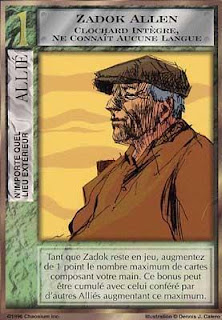Flossing
If it hadn't been for the description of this Possets scent, I would never have known flossing could be something else than dental care.
A pretty, dear and yet spicy little blend. Flossing is named after the dainty stitching put on many corsets to keep the stays in place. A comforting blend of gingery peppery small vanilla and wood, Flossing is very cheery and is like being the Queen in a Sewing Bee! This is a marvelous everyday perfume which can lift your spirits immensely. Highly recommended as a first Posset for the persnickety or those who want to try Possets but are diffident about it.In the picture above you can see how the V-shaped embroidery is keeping the 'bones' (preferably iron these days though plastic is also used) in place. I suppose the 'bones' used to be the whalebones. I like the Dutch word better, it's more mysterious because it doesn't tell you right away that they are whalebones: baleinen.
I must say that the scent works for me as a new Possets user who is diffident about it. Or perhaps I should say I was not overly pleased with the first scents I tried. My problem with Possets is (I think) the use of synthetic components and the fact that apart from a small all-natural series which does not sound very tempting (at least two minty scents there) I can never be sure how large or small the percentage of synthetics is. I tried Eva, a scent with a rhubarb note, and although I liked it when I put it one and it didn't really change, I had to wash it off because I would have gone mad if I hadn't. It was like a sound that goes on and on, something that keeps pulling at your awareness. That is what synthetic scents do with me (or electrical buzzing sounds, for instance). I suspect there is a synthetic vanilla in this Flossing, but this is a scent I can live with. In fact I still like it and I have been wearing it for about three hours now. But I am still a little suspicious.
By the way, the corset inspiration makes it rather obvious who are the buyers of Possets scents. There must be a large cross over with BPAL, but it seems to me that Possets buyers must be younger in general, and fond of corsets, vampires and Victorian dresses. Which no doubt goes for a lot of BPAListas as well, but BPAL also has a more literary inspiration and it attracts old ladies like me as well as young girls.
Just in case you now want to know how you floss a corset, I found a tutorial here and some information here. Good luck!
















































